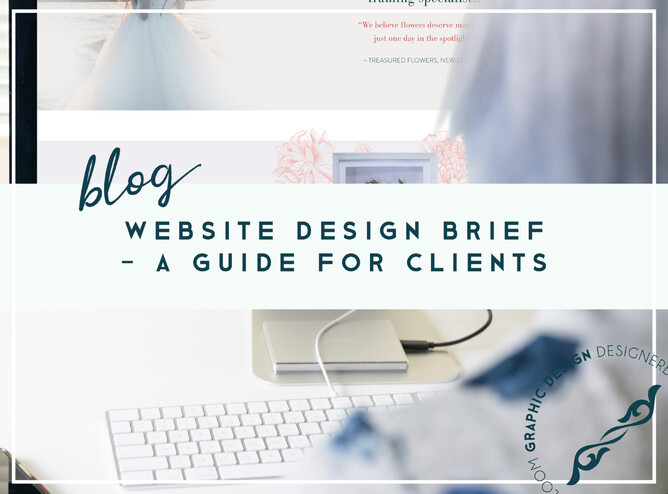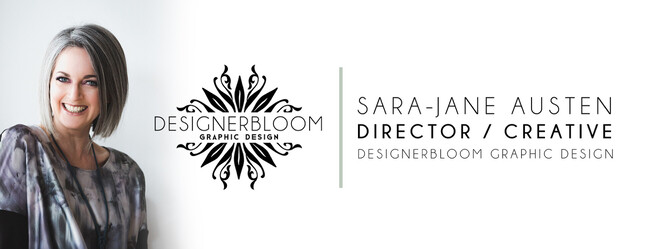Are you planning to embark on a website design project?
As a client, you play a vital role in ensuring that your website accurately represents your business and meets your objectives. To kickstart the design process, your web designer will rely on a comprehensive website brief. But what exactly is a website brief, and what should you expect when providing one to your designer?
In this blog post, I aim to demystify the website brief by providing you with insights into what to expect and how to effectively communicate your vision and requirements to your web designer. By understanding the significance of a website brief and knowing what information to provide, you can set the stage for a successful collaboration that leads to a website that truly represents your brand.
So, let's delve into the key elements of a website brief and learn how you can effectively communicate your goals, preferences, and expectations to your web designer. Here are some questions to consider:
General Information:
Are you clear on the name of your business/organisation?
Can you provide a brief overview of your business and its core values?
Who is your target audience or ideal customer?
Do you have an existing website? If yes, what are the main reasons for redesigning it?
Goals and Objectives:
What are your primary goals for the new website?
What specific actions do you want visitors to take on your website (e.g., make a purchase, contact you, sign up for a newsletter)?
Are there any specific features or functionalities you would like to include?
Design and Branding:
Do you have a logo and established branding guidelines?
What adjectives would you use to describe the desired look and feel of your website (e.g., modern, professional, playful)?
Are there any specific colours, fonts, or visual elements that should be incorporated to align with your brand?
Content and Pages:
What pages do you envision for your website (e.g., Home, About Us, Services, Portfolio, Testimonials)?
Can you provide the content for these pages, or would you like assistance with content creation?
Are there any specific features or sections you would like to include on certain pages?
Functionality and User Experience:
Are there any interactive elements or functionalities you would like to incorporate (e.g., forms, image galleries, sliders)?
How important is mobile responsiveness for your website?
Do you have any preferences regarding navigation structure or menu placement?
Competitors and Inspiration:
Who are your main competitors or websites in your industry that you admire?
Are there any specific websites you would like to use as a source of inspiration for your own website?
Timeline and Budget:
What is your desired timeline for the completion of the website?
Do you have a budget range allocated for this project?
Maintenance and Updates:
Will you require ongoing website maintenance and updates after the initial development?
Do you have a preferred content management system (CMS) or hosting platform?
By embracing the website brief as a vital tool in the web design process, you empower your web designer to create a website that aligns with your goals, resonates with your target audience, and effectively represents your brand. Remember, open and clear communication is key, so don't hesitate to share your thoughts, ideas, and inspirations with your web designer.




